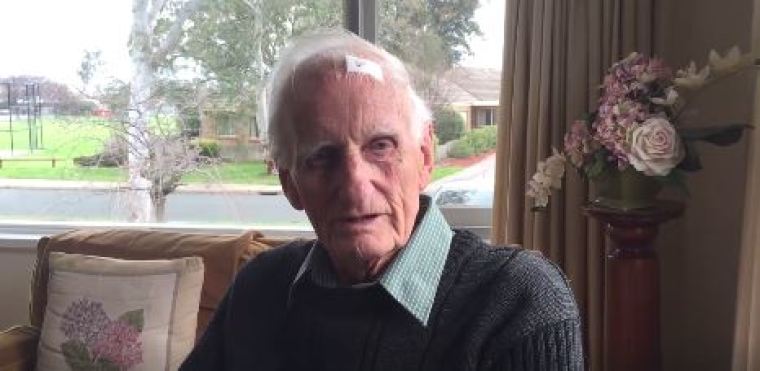
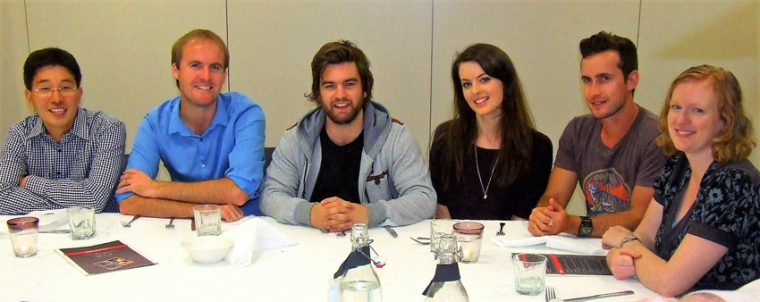
I first detailed Dr Howard Bradbury's story in 2013, and since then, Dr Bradbury's group has covered nearly 10,000 people with a mantle of safety from konzo, if they keep using the wetting method.
Now for many more people – with the methodology well established - it can spread and eliminate konzo altogether - although it has now appeared in two more African countries, Zambia and Uganda.
Dr Bradbury is about to have open heart surgery to replace a leaky mitral valve, and is this time really "retiring". He has passed much of the administration over to other members of his team (Professor Bill Foley, Jan Elliott and Ursula Wiedemann). Our prayers are with him for his recovery and with the rest of the team for their ongoing work."
Dr Howard Bradbury is delighted he has used his chemical knowledge to help reduce the incidence of konzo in rural African communities. This disease causes paralysis of the legs mainly in children and young women in village populations, where the diet is nearly all bitter cassava and is low in protein.
Konzo is due to high cyanide intake from bitter (high cyanide) cassava, which is the staple food of tropical Africa. The ANU has opened a fund raiser to assist in Dr Bradbury's eradication of Konzo.
A lifelong Christian and a Methodist lay preacher, Dr Bradbury now attends Canberra Christian Fellowship. He says: "There cannot be any conflict between my science research and my faith, because God created them both." This story complements the others I have written about scientists who are Christians.
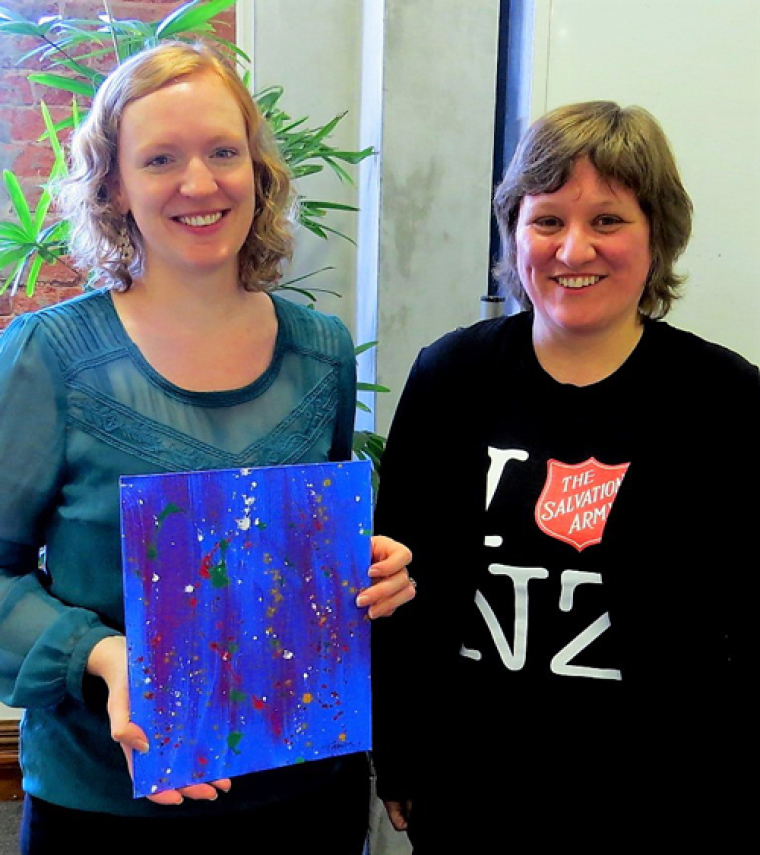
Academic career showed capacity for innovation
Dr Bradbury AM, PhD (Birmingham), DSc (Melb), DSc (ANU), has been the winner of many academic medals and prizes and awards all the way though his exceptionally long career. He probably didn't like reading that sentence about himself.
Although he retired from the Department of Chemistry in 1988, he still works hard as a Visiting Fellow in the Department of Evolution, Ecology and Genetics within the Research School of Biology, Australian National University (ANU), and continues to publish papers on the results of his very practical research.
When he was a young scientist with some overseas experience, he conducted research on the structure of wool and wool proteins at CSIRO before being appointed as one of the first staff members at the Department of Chemistry at the ANU in 1961. Although so small that our human eyes cannot see individual molecules, proteins are large 'macromolecules' compared with the compounds chemists traditionally work with. They were tricky to study with the equipment then available.
He used Nuclear Magnetic Resonance (nmr) with computer controls that seem cumbersome by today's standards, running samples all night long in order to get a signal he could interpret. Research students and staff, wanting to use the machine during the day to check their reactions with simpler molecules, waited patiently each morning for his scans to finish .
With a seismic shift in the way nmr machines work, sophisticated maths and physics calculations, the improvements in computer technology, greater understanding of biological tissues and chemical innovations to enhance the visibility of some tissues, scientists and technicians have now developed Magnetic Resonance Imaging (mri), and can now see computer-aided images of structures within the living body.
Although Dr Bradbury couldn't have foreseen this development, he did have an ability to push the boundaries further than many others could envisage and incentive to use the available technology to its absolute limit of resolution (with the help of competent technicians).
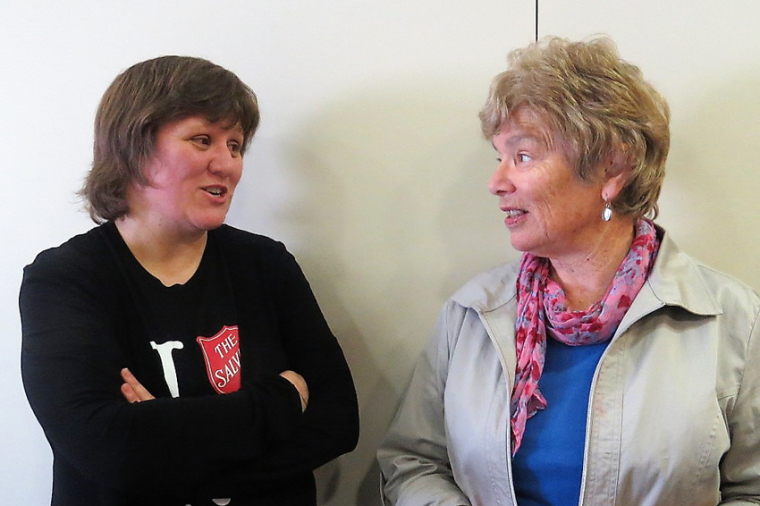
Desire to help alleviate poverty: change in research focus
In the 1990s he met medical doctor Julie Cliff and learned about her work on konzo in rural African communities, and saw this as an opportunity for a chemist to collaborate to help to solve a major problem.
What Bradbury did do was to adapt the known chemical analytical techniques, and use them to invent a simple, easy-to-use but accurate test for cyanide in cassava flour. By 1996 he had perfected such a test using impregnated coloured papers (which change colour when cyanide is present), and in collaboration with Julie Cliff they tested out the cyanide kit in the field in Mozambique. He then mass-produced kits that could be given away for free to health workers and agriculturalists in developing countries and sold in first world countries.
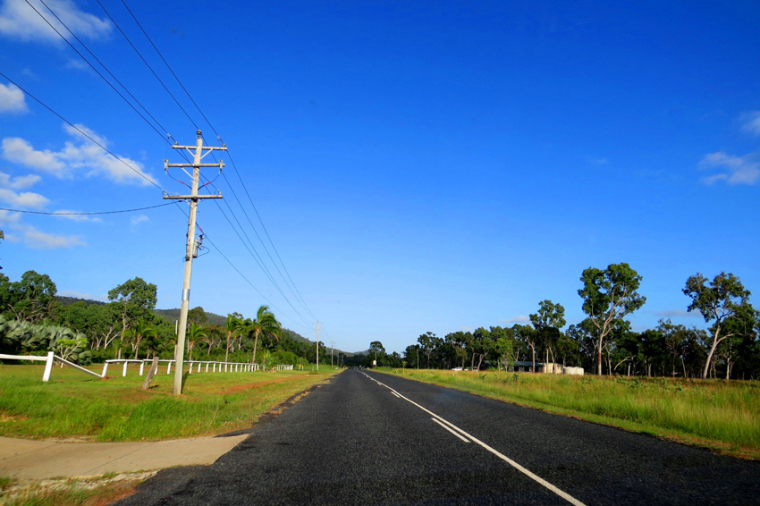
Eliminating Konzo involves both innovative science and personal interactions
This, however, did not reduce the amount of cyanide, but highlighted the problems caused by large cyanide intake. Dr Bradbury saw this next step as another intellectual and social challenge. In 2004, he found that simply wetting the flour and letting it stand in a thin layer in a basket for a few hours to allow the hydrogen cyanide gas to escape enabled nearly all the cyanide to be naturally removed.
"Surely," thought Dr Bradbury, "this is a gift from God." Not being satisfied with describing his work in scientific publications, he sought the personal contacts necessary to translate the laboratory finding into practical solutions. In collaboration with Dr Banea and coworkers using funding from the sale of the cyanide test-kits, a program was begun in 2009 to teach the high ranking women in Kay Kalenge village, Bandundu Province, Democratic Republic of Congo, about both the importance of reducing cyanide, and the way to use the wetting method to do it.
These women then taught other women, who taught other women. using posters in their local language and demonstrations. This method is used after the traditional preparation of the cassava flour. The results after 4 years showed that, for the first time in history, konzo has been prevented. During that time there were no new cases of disease, measurably lower cyanide concentrations in the cassava flour and also less cyanide metabolite (thiocyanate) in the children's urine.
This work is now continuing into the future in more and more African villages, with funding by AusAID. The good news is spread by word of mouth from the happy village women who have found that their healthier cassava-flour porridge (fufu) also tastes sweeter and keeps longer.
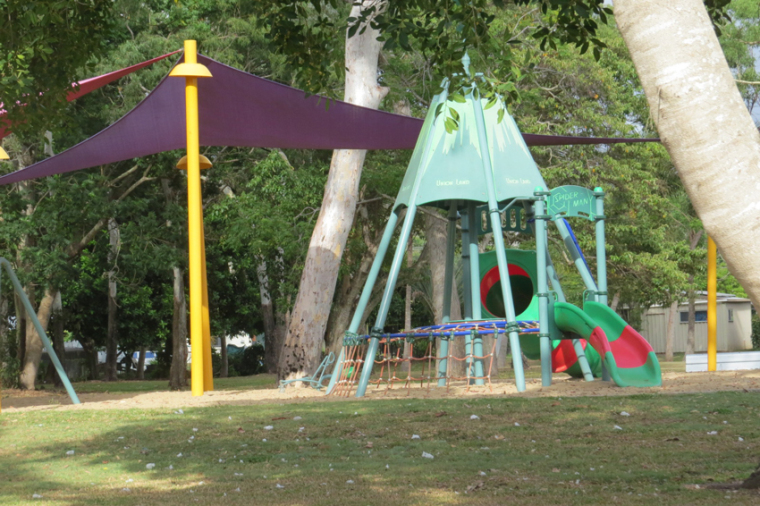
Dr Mark Tronson is a Baptist minister (retired) who served as the Australian cricket team chaplain for 17 years (2000 ret) and established Life After Cricket in 2001. He was recognised by the Olympic Ministry Medal in 2009 presented by Carl Lewis Olympian of the Century. He mentors young writers and has written 24 books, and enjoys writing. He is married to Delma, with four adult children and grand-children.
Mark Tronson's archive of articles can be viewed at http://www.pressserviceinternational.org/mark-tronson.html